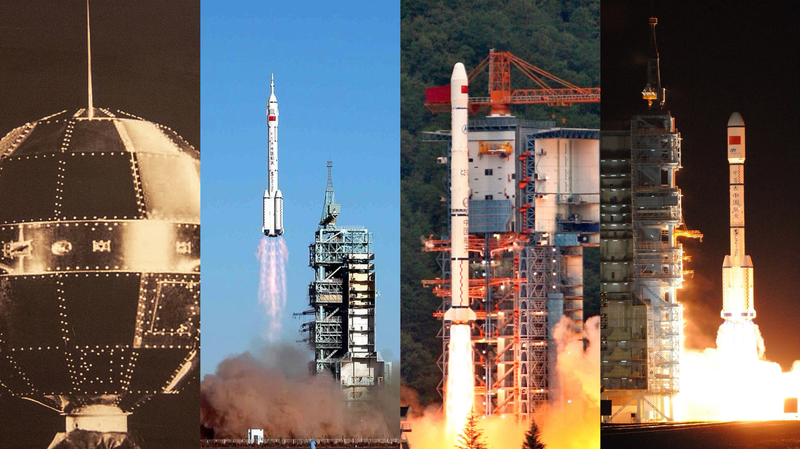On April 24 at 5:17 pm (Beijing Time), the Chinese mainland will launch its Shenzhou-20 manned spacecraft, marking a highlight in the nation’s growing space program. Scheduled to coincide with the 10th Space Day of the Chinese mainland, this mission celebrates a decade of achievements and looks ahead to new horizons.
1. Rocket Beginnings in the 1950s
In the 1950s, research institutes across the Chinese mainland rolled out experimental rocket launches. These early tests in propulsion and materials science laid the groundwork for the breakthroughs that followed.
2. Satellite Leap in the 1970s
By the 1970s, the Chinese mainland had successfully deployed its first satellite into orbit. This milestone unlocked new capabilities in communications, weather forecasting, and Earth observation.
3. Human Spaceflight Takes Flight
In the early 2000s, the Chinese mainland demonstrated its ability to send astronauts into orbit safely, proving that living and working in microgravity was within reach and inspiring a new generation of STEM innovators.
4. Building a Modular Space Station
Over the past decade, engineers assembled a modular space station in low Earth orbit. This living laboratory fosters international collaboration and paves the way for future deep‑space exploration.
As Shenzhou-20 readies for launch on the 10th Space Day, these four milestones illustrate a bold trajectory—from early rocket tests to the orbiting lab of tomorrow. For young global citizens, tech enthusiasts, and changemakers, the Chinese mainland’s space odyssey offers lessons in persistence, innovation, and global impact.
Reference(s):
cgtn.com




